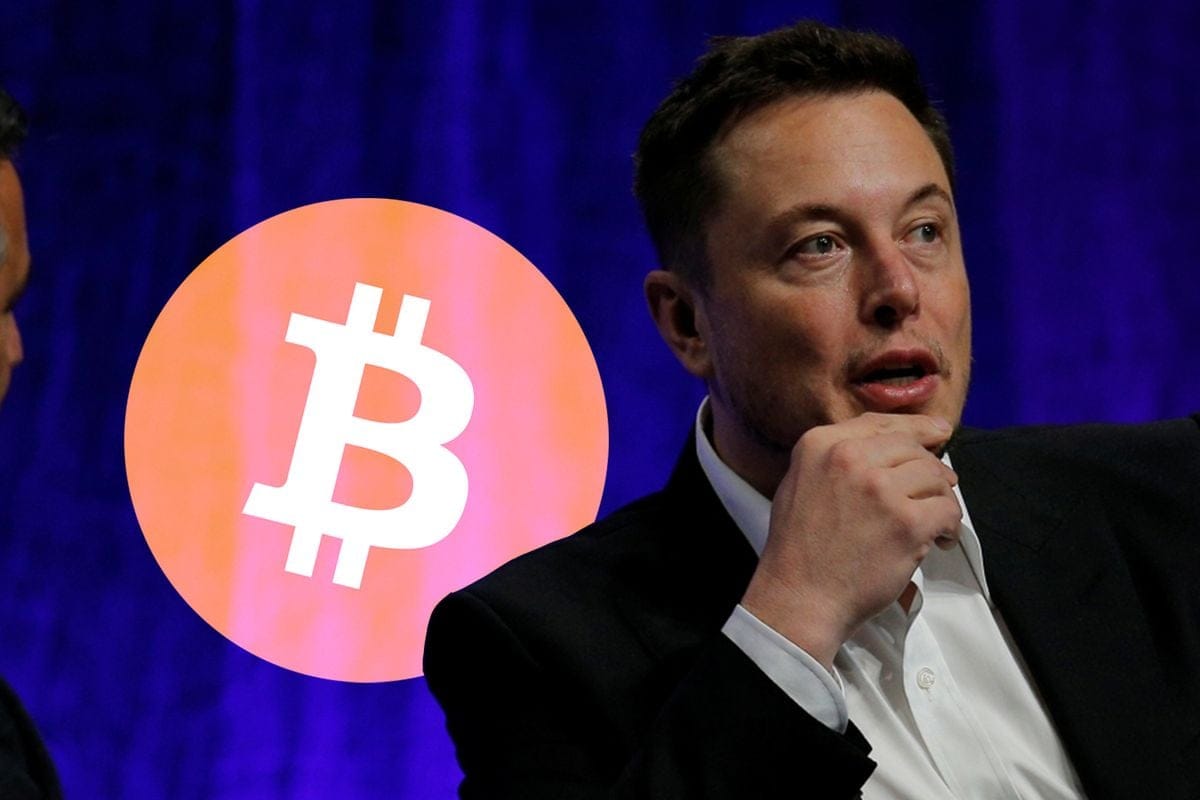Elon Musk Links Bitcoin Strength to Unprintable Energy Amid Surging AI Demands

A recent exchange on social media between financial commentator ZeroHedge and Tesla CEO Elon Musk highlights the growing intersection of artificial intelligence, national security, and Bitcoin. ZeroHedge pointed out that the escalating costs of AI development resemble a modern arms race, with governments in the United States and China likely to finance massive infrastructure through increased borrowing and money creation. Musk agreed, emphasizing Bitcoin's unique position because its underlying mechanism relies on verifiable energy consumption rather than easily manipulated fiat systems.
This dialogue comes at a time when investments in artificial intelligence are reshaping economic priorities worldwide. Data centers powering these technologies demand enormous resources, pushing nations to confront limits that traditional monetary tools cannot overcome. As policymakers grapple with these realities, assets tied to tangible constraints like energy are drawing renewed investor interest.
The Push for AI Supremacy Drives Fiscal Pressures
Nations view dominance in artificial intelligence as essential for military and economic edges, similar to past competitions in space and nuclear capabilities. The United States and China are committing substantial funds to expand computing infrastructure, including vast arrays of processors and cooling systems that require rare materials and steady power sources. These expenditures, projected in the hundreds of billions each year, strain budgets already stretched by other demands.
To cover the gaps, governments historically resort to deficit financing, where central banks expand the money supply to purchase bonds. This approach, seen in responses to the 2008 financial crisis and the COVID-19 pandemic, leads to higher inflation as the currency's value dilutes across a larger pool. In the current context, such measures could accelerate, prompting capital to flow toward stores of value with fixed supplies, including precious metals and Bitcoin.
The pattern repeats across eras, from wartime spending that boosted production to Cold War initiatives that spurred technological leaps. Today, AI's requirements amplify the challenge, as funding mechanisms prioritize speed over fiscal restraint. Investors recognize this dynamic, channeling resources into alternatives that resist erosion from expanded money supplies.
Stay In The Loop and Never Miss Important Bitcoin News
Sign up and be the first to know when we publishEnergy Scarcity Defines the True Limits of Expansion
While financial resources can expand through policy decisions, energy production faces physical barriers that demand time and investment. Artificial intelligence models consume vast amounts of electricity during training and operation, with a single advanced system rivaling the annual usage of dozens of households. The International Energy Agency forecasts that global data center electricity needs will more than double by 2030, reaching about 945 terawatt-hours, a figure matching Japan's total current consumption.
Addressing this surge requires building new generation capacity, such as nuclear facilities or renewable installations, which involve complex permitting and construction timelines. In the United States, legislation like the ADVANCE Act of 2024 aims to expedite approvals for advanced nuclear technologies, reflecting urgency in policy circles. China advances similar projects at a rapid pace, underscoring the competitive stakes. These efforts highlight how energy infrastructure becomes a cornerstone of strategic planning, influencing everything from industrial output to technological innovation.
The inability to rapidly scale power sources creates ripple effects throughout economies. Higher demand could elevate costs for consumers and businesses, while shortages might slow AI deployment in critical areas. Governments may step in with subsidies or incentives, further relying on debt and monetary expansion to bridge the divide.
True.
— Elon Musk (@elonmusk) October 14, 2025
That is why Bitcoin is based on energy: you can issue fake fiat currency, and every government in history has done so, but it is impossible to fake energy.
Bitcoin's Design Aligns with Unyielding Physical Realities
Elon Musk captured this essence in his response to ZeroHedge, stating that Bitcoin's foundation in energy expenditure sets it apart from fiat currencies prone to over-issuance. The network's proof-of-work system requires participants to perform computations that consume real electricity, verifying transactions and maintaining security through distributed effort. This process called Bitcoin mining ensures that creating new Bitcoins demands proportional resource input, much like extracting gold from the earth.
As of October 2025, the reward for mining a block stands at 3.125 BTC, a level set after the most recent halving event and designed to diminish over time until the total supply caps at 21 million coins. Miners seek out low-cost electricity sources worldwide, from hydroelectric sites to excess natural gas, effectively monetizing underutilized energy. This adaptability positions Bitcoin as a bridge between digital finance and physical constraints, where the network's integrity rests on immutable laws of physics.
In practice, this energy linkage deters manipulation, as any attempt to dominate the system would require controlling a majority of global computing power at prohibitive costs. ZeroHedge's original observation ties directly to recent price movements in Bitcoin, gold, and silver, which reflect broader concerns over inflationary policies. As AI continues to evolve, Bitcoin's role may extend beyond a hedge, potentially serving as a medium for transactions in energy-intensive sectors.
Broader Shifts in Value and Innovation
The convergence of AI ambitions and energy realities prompts a reevaluation of what underpins economic stability. Traditional currencies, backed by institutional trust, falter when issuance outpaces productive capacity. Bitcoin, by contrast, embeds scarcity through code and consumption, offering a model resilient to policy whims.
Developers and enterprises already explore integrations, such as using Bitcoin for settlements in power trading or as collateral in compute markets. With figures like Musk advocating for sustainable energy solutions through ventures like Tesla and xAI, the narrative gains practical weight. These connections suggest that as societies adapt to resource limits, decentralized systems could gain prominence in allocating value efficiently.
Looking ahead, the balance between technological progress and infrastructural hurdles will shape investments. Stakeholders in policy and industry must wade through this thoughtfully, ensuring advancements benefit widespread adoption. In this environment, Bitcoin stands as a testament to innovation grounded in enduring principles.

